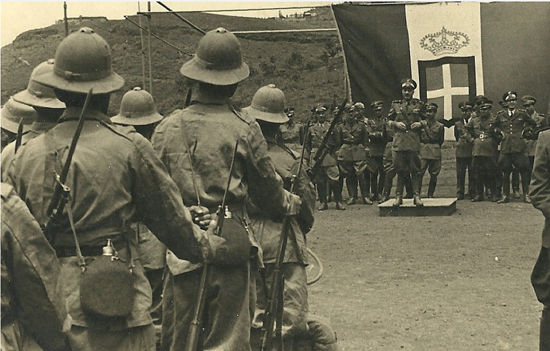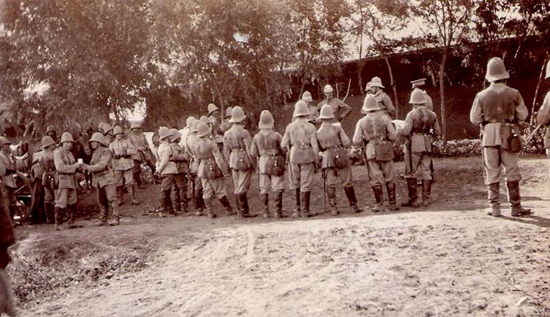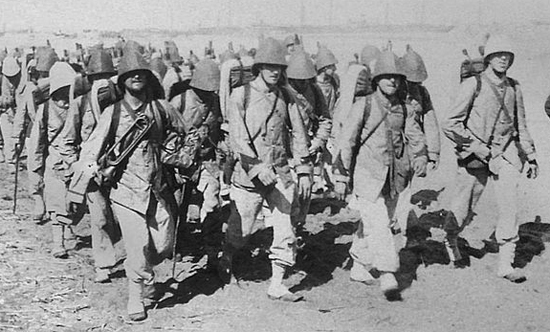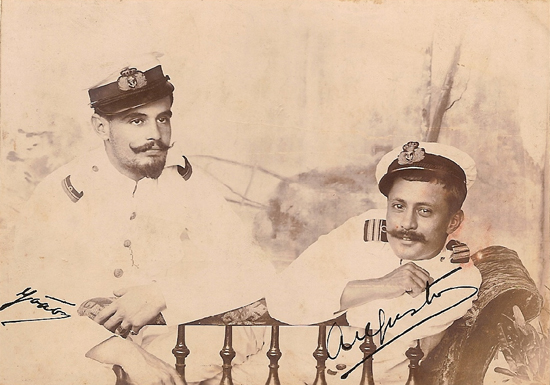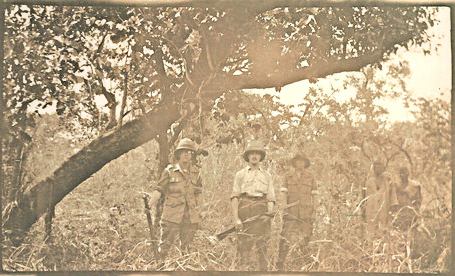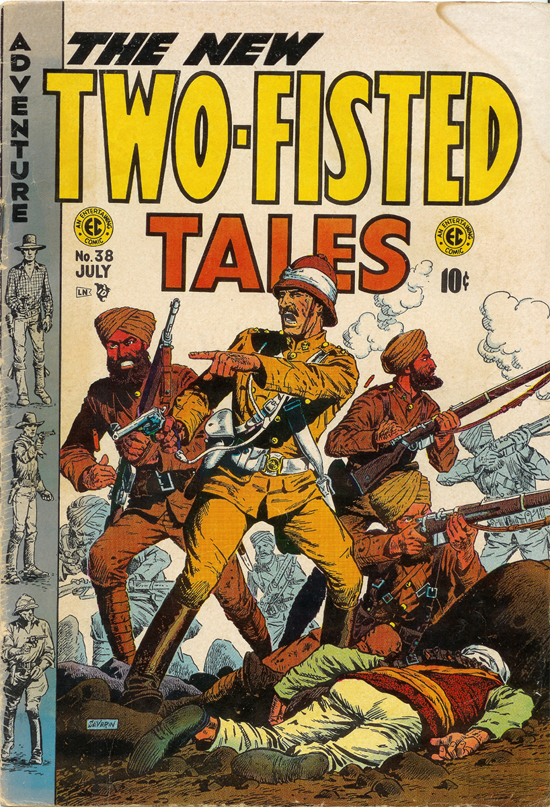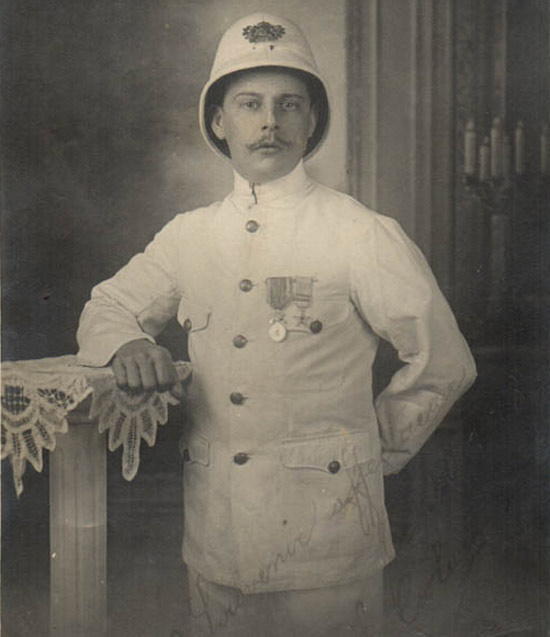The Italians, like the Germans, were late to the colonial empire rush but established colonies in Africa in the 1880s and later began a lengthy war in Libya in 1911 that continued into the 1930s. The Italian empire grew with the conquest of Ethiopia in 1936 – payback for the attempted conquest 40 years earlier.
Throughout its colonial era the Italians adopted khaki, beginning in 1887 with a new tropical uniform made of linen. The Italians deemed this pale shade of khaki to be “light bronze.” This pattern as updated in 1892 and 1893 and it was primarily variations of this that were used in the Adowa Campaign in Ethiopia in 1896, and in the 1911 Libyan Campaign against the Ottoman Empire. Continue reading

